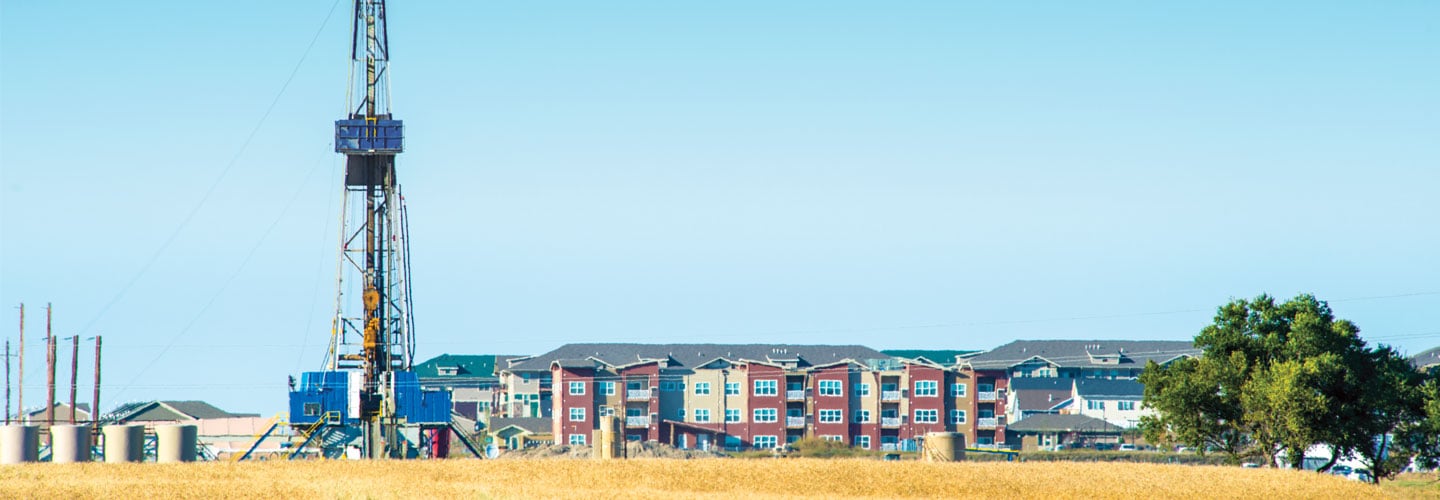In 2005, Linda and David Headley purchased their dream home, a 115-acre ranch with hills, trees, and grassy farmland in Fayette County, Pennsylvania. A creek runs through the property, and a freshwater spring supplied the house with water. It seemed like the perfect place to raise kids.
But shortly after the Headleys moved in, bulldozers began appearing on their property. Trucks arrived carrying water, chemicals, and sand. Workers began drilling holes in the ground. They were using a technique called hydraulic fracturing, or fracking, to extract oil and natural gas trapped deep underground in a type of rock called shale. The oil and gas would eventually be used as fuel to heat buildings, cook food, power cars, and generate electricity.
When the Headleys bought the ranch, they didn’t buy the property’s oil and gas rights from the previous owner. Without their knowledge, the owner had rented the rights to gas companies before the Headleys moved in. Those rights allow workers to legally enter the property at any time to remove oil and gas.
In 2005, Linda and David Headley found their dream home. They purchased a 115-acre ranch with hills, trees, and grassy farmland in Fayette County, Pennsylvania. A creek runs through the property. A freshwater spring supplied the house with water. It seemed like the perfect place to raise kids.
But shortly after the Headleys moved in, bulldozers began appearing on their property. Trucks arrived carrying water, chemicals, and sand. Workers began drilling holes in the ground. They were using a technique called hydraulic fracturing, or fracking. This is a process that extracts oil and natural gas trapped deep underground in a type of rock called shale. The oil and gas would eventually be used as fuel to heat buildings, cook food, power cars, and generate electricity.
When the Headleys bought the ranch, they didn’t buy the property’s oil and gas rights from the previous owner. Without their knowledge, the owner had rented the rights to gas companies before the Headleys moved in. Those rights allow workers to legally enter the property at any time to remove oil and gas.

